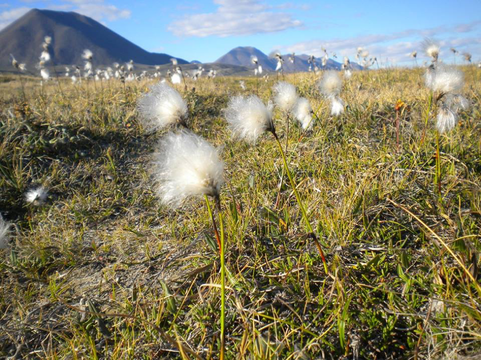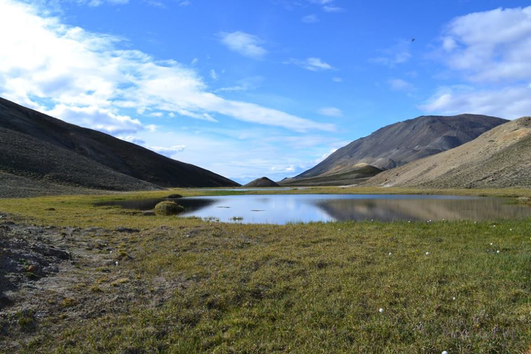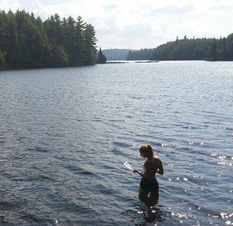|
By Stephanie Varty Spending summers by the lake is how everything started; warm weather, bright sun and a canoe paddle in hand. Lakes have always been important in my heart because of my upbringing. Exploring the water and finding crisp refreshment every time I jumped in will always be something that brings me both a sense of euphoria and joy. Yet, it has been in recent years which have allowed for lakes to solidify a place in my mind and now in my research. Canadian lakes cover between 10 to 15% of the country’s area. This percentage is underestimated and the lakes understudied (Brown and Duguay 2010). Lakes play a role in regulating physical processes, cycling nutrients and sustaining life. Many of these processes tend to go unseen by the naked eye. But when you look closer you can see systems that are overflowing with biodiversity. My research has given me a new perspective on why it is important to study these lake systems. This summer I will be trading in my warm weather and canoe paddle to go to a lake much further north. I will be traveling to Lake Hazen on Ellesemere Island, NU, which is the largest lake north of the Arctic Circle. Lake Hazen is a prime example of how lake systems function under extreme weather conditions. Lake Hazen experiences 24 hours of daylight during spring and summer months and a summer season that lasts at most two months (Lehnherr et al 2012). During this short season a burst of growth occurs with melting ice. Lemmings come out to play, mats of lichen cover the ground and fields of arctic poppies sprout up. Though there are so many interesting things that are above ground, what I am concerned with is much smaller and submerged in the water. A main part of my research is to understand where mercury processing bacteria occur across the landscape. This is so I can better understand where toxic forms of mercury are being degraded and produced. These bacteria are microscopic, but in abundance. Under the right conditions, they can produce a form of mercury called methylmercury that enters the food web. The concentrations of this toxin also increase over time (bioaccumulation) and as you move up the food web (biomagnification, Morel et al 1998). This means that a small amount of mercury in the water can translate into a large amount once it reaches top predators like Arctic char and seals. Unfortunately, this not only spells out health problems for the animals, but for humans as well. High concentrations of mercury in Arctic lake systems means that the health of Arctic Indigenous People could be at risk because they consume some of the top predators as a part of their traditional food. Investigating mercury in lake systems is important for understanding ecosystem functions, but is also needed for the cultural and physical well-being of people. I am fortunate that my research allows me to have an adventure, contribute to science and have a role in understanding community health. My past experiences and experiences to come shape in my mind and in my heart the importance of lakes in Canada. For me and many people country-wide, lakes are not just an important resource, but something that is intertwined in their life story. It is important that we nurture these ecosystems and pay close attention to what they have to teach us. I can guarantee you they have plenty to teach us. #WorldWaterDay References: Brown, L. C., and C. R. Duguay (2010), The response and role of ice cover in lake-climate interactions, Prog. Phys. Geogr., 34(5), 671–704 Lehnherr, I., Louis, V. L. S., Emmerton, C. A., Barker, J. D., & Kirk, J. L. (2012). Methylmercury Cycling in High Arctic Wetland Ponds: Sources and Sinks. Environmental Sciences and Technology 46, 10514−10522. Morel, F. M. M., Kraepiel, A. M. L., & Amyot, M. (1998). The chemical cycle and bioaccumulation of mercury. Annual Review of Ecology and Systematics, 29, 543–566.
1 Comment
|
ELB MembersBlogs are written by ELB members who want to share their stories about Ontario's biodiversity. Archives
January 2023
Categories
All
|




 RSS Feed
RSS Feed